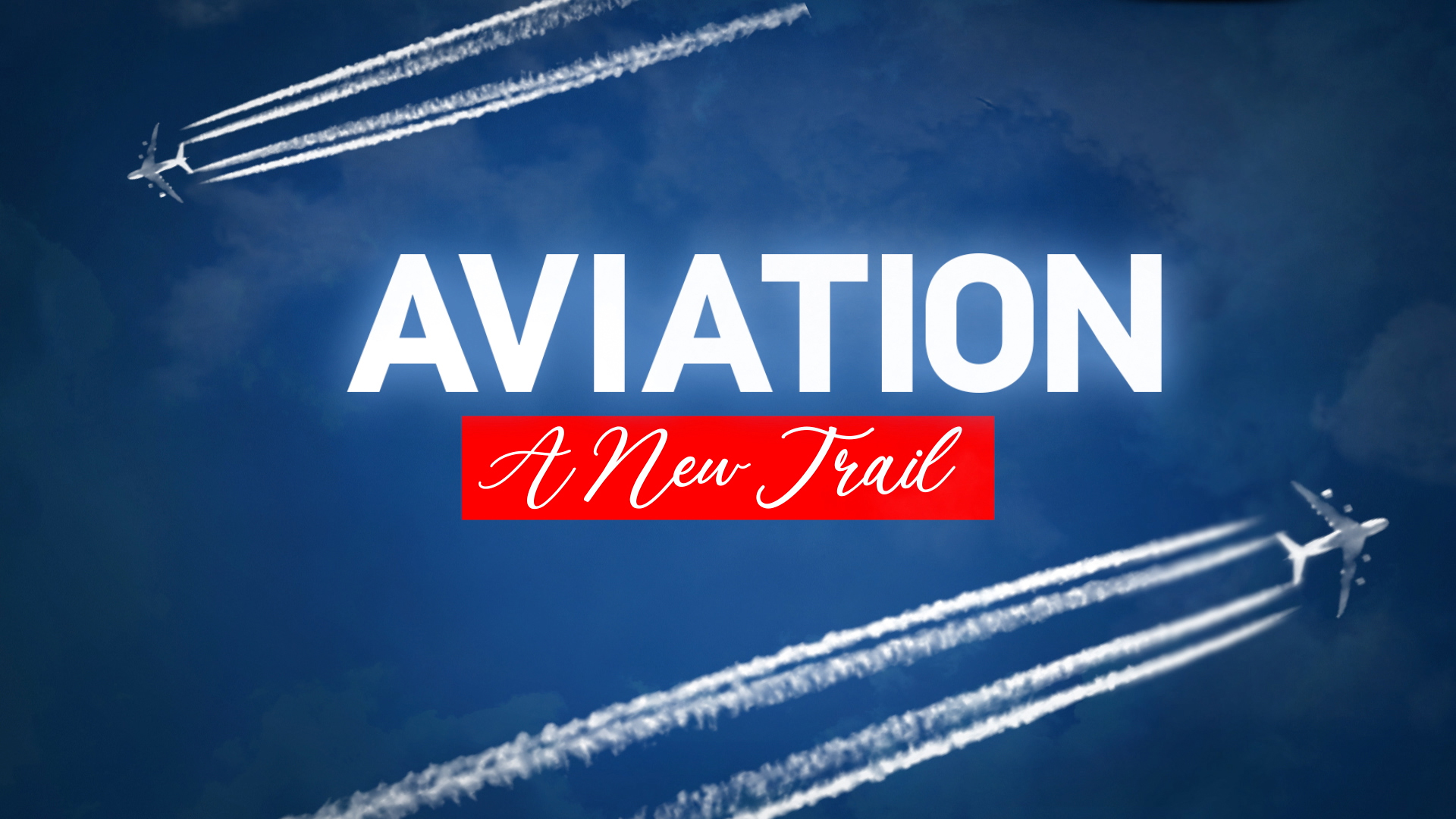
In the 116 years since the Wright brothers' first powered flight in December 1903, people's desire to take to the skies has known no bounds. Jumping on a plane has become almost as normalized as catching a bus or train.
That is until a microscopic virus brought an entire industry to its knees.
The COVID-19 pandemic has grounded aircraft, brought multi-million-dollar losses to airlines in need of bailouts and left millions of pilots, cabin crew and ground staff jobless.
In a series of articles, CGTN Europe's special report Aviation: A New Trail drills deep into the challenges that face the industry in an uncertain new era of social distancing and radical changes to how people fly. What is it like to fly during a pandemic? How do you encourage passengers to return? Is this the end of the super-jumbo era?
Here is a summary of our week-long investigation, more detailed reporting of each issue can be found by clicking on the headings at the beginning or end of each section. There you will find in-depth interviews, statistics and first-hand testimony of what to expect from air travel in a post-COVID-19 world.

Signs in the waiting area of Heathrow's Terminal 5 ensure travelers respect social distancing. /Jemima Walker/CGTN
Signs in the waiting area of Heathrow's Terminal 5 ensure travelers respect social distancing. /Jemima Walker/CGTN
1. Jemima Walker's flight diary
What's it like to fly in the middle of a pandemic? CGTN Europe reporter Jemima Walker took a return trip from London to Glasgow to find out.
"When I arrived at Heathrow Airport, even before I entered the terminal, there were signs reminding people to practice social distancing. Once I was inside, there were hand-sanitizing stations at several different sites – anywhere you might touch something, there was an opportunity to clean your hands.
02:40
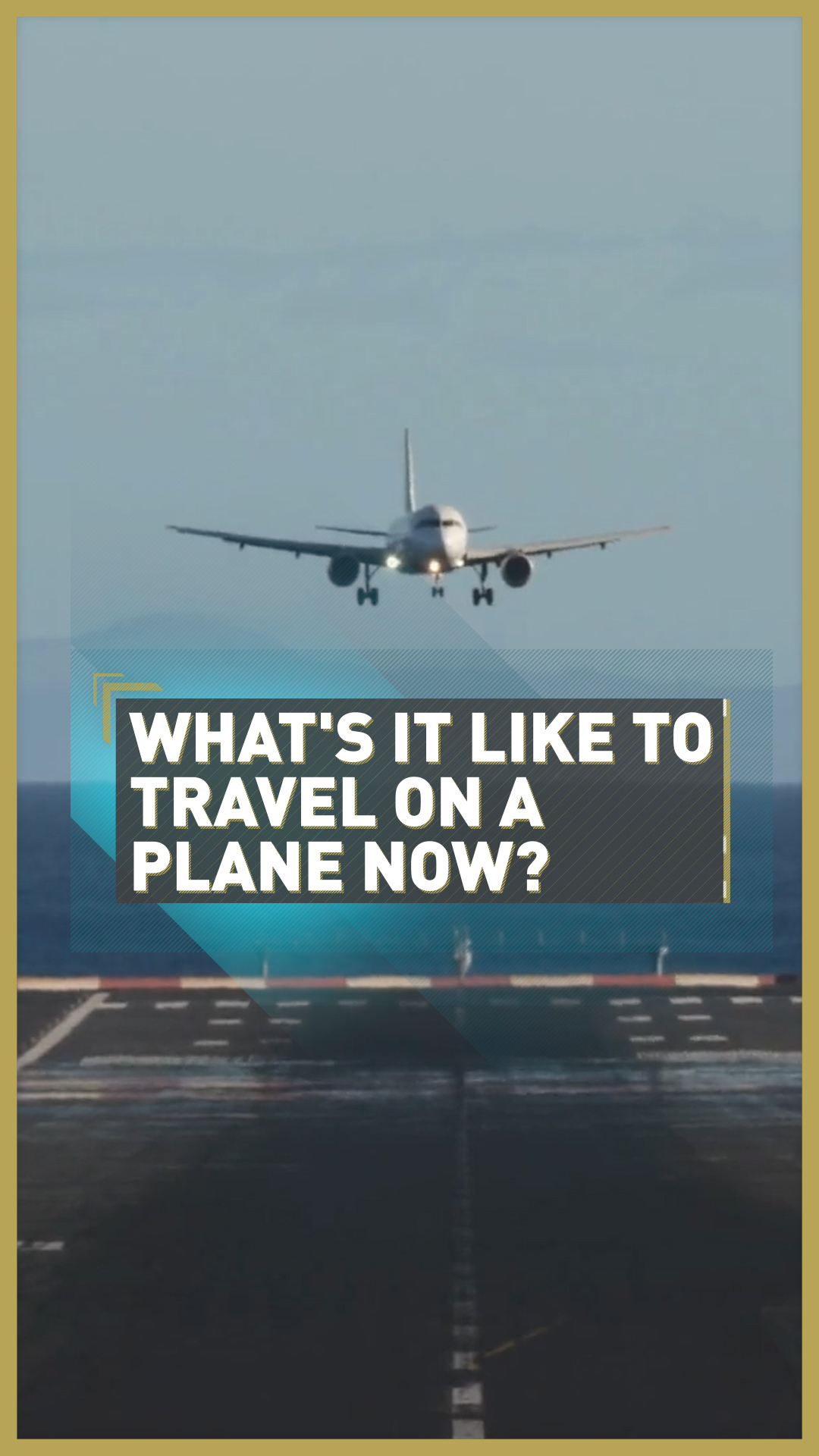
"The terminal was incredibly empty – all the shops were shut and I could only find two places to buy a sandwich and there was a fairly limited selection. So I would certainly advise anyone with specific dietary requirements to bring their own food with them for the time being."
READ MORE: What's it like to fly in the middle of a pandemic?
2. The mega-hub airport's battle to remain relevant
In the hub-and-spoke system of air travel, an airline not only flies customers between two points but also facilitates their onward journey to destinations via its hub.
The routes are the spokes, connecting cities via the hub. Some of the well-known confluence airports are Frankfurt, Atlanta's Hartsfield–Jackson, Changi in Singapore and Dubai, the world's busiest, which handled 86.4 million passengers last year.
02:30
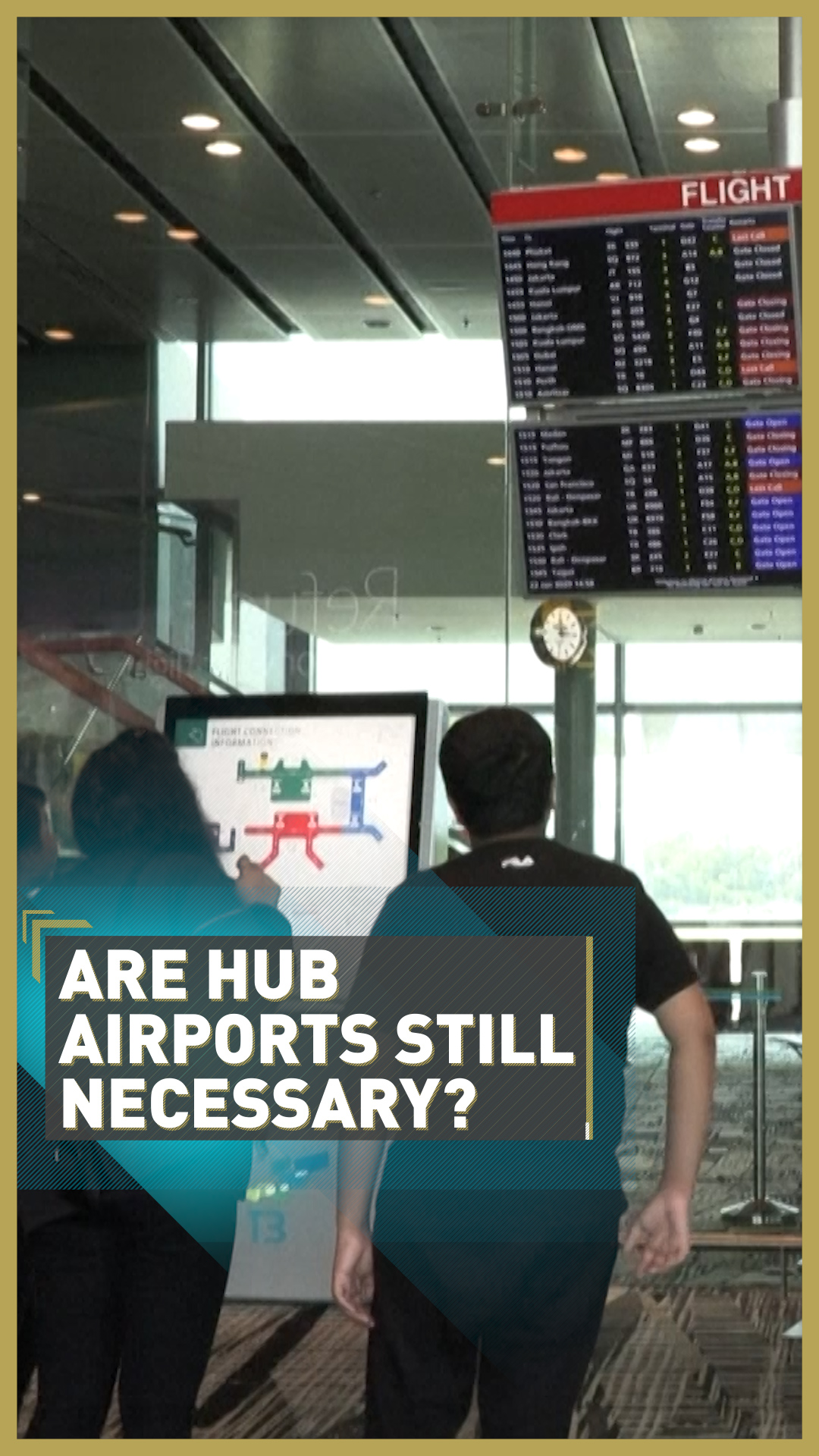
Despite the impressive numbers, it might not be all smooth flying for the hub airports. Revolutionary changes in aircraft design and engine output are almost normalizing the idea of ultra-long-haul flights – often described as anything over 12 hours.
With the coronavirus impacting passenger numbers, how are mega-hub airports going to stay at the heart of the industry?
READ MORE: Are hub airports still necessary?
3. Is it wheels down for the super-jumbo?
On 17 June, a convoy of trucks carrying three oversized fuselage sections of the world's largest airliner trundled through the French village of Levignac on their way to the Airbus plant in Toulouse, where the final A380 will be assembled. Production would cease in 2021, just 13 years after the aircraft entered service.
02:16
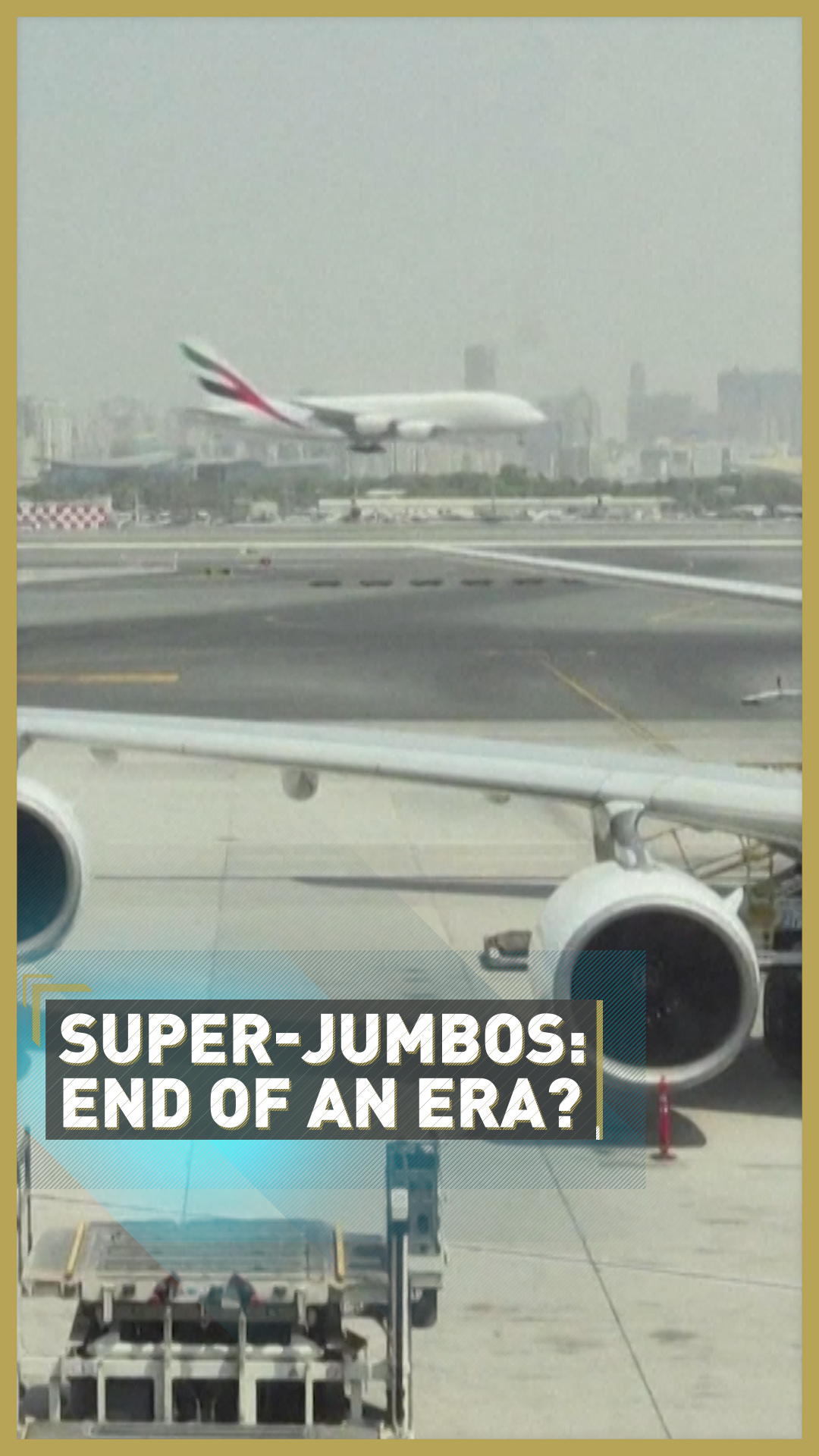
As aviation evolves in leaps and bounds, a gradual but steady transition from the four-engine behemoths to a new generation of aircraft, offering better cost-efficiency and even trumping the former in range, has been noticed.
READ MORE: Super-jumbos: end of an era?
4. Air cabin aerodynamics spread the risk of COVID-19 infection: RAZOR
A simple cough can project droplets into the air ranging in size. Gravity will force large droplets to the ground, but smaller droplets could stay suspended in the air for a long time.
Qingyan Chen, a professor at Purdue University, and his team have modeled different scenarios within air cabins to study how particles can still circulate, despite High Efficiency Particulate Air (HEPA) filters removing 99.9 percent of germs every four minutes.
Chen tells RAZOR how his team has designed a new ventilation system that doesn't mix the clean air in the cabin. Rather than from above, air is supplied from below, directly into your breathing zone, with a 50 percent reduction in the risk of infection.
05:00
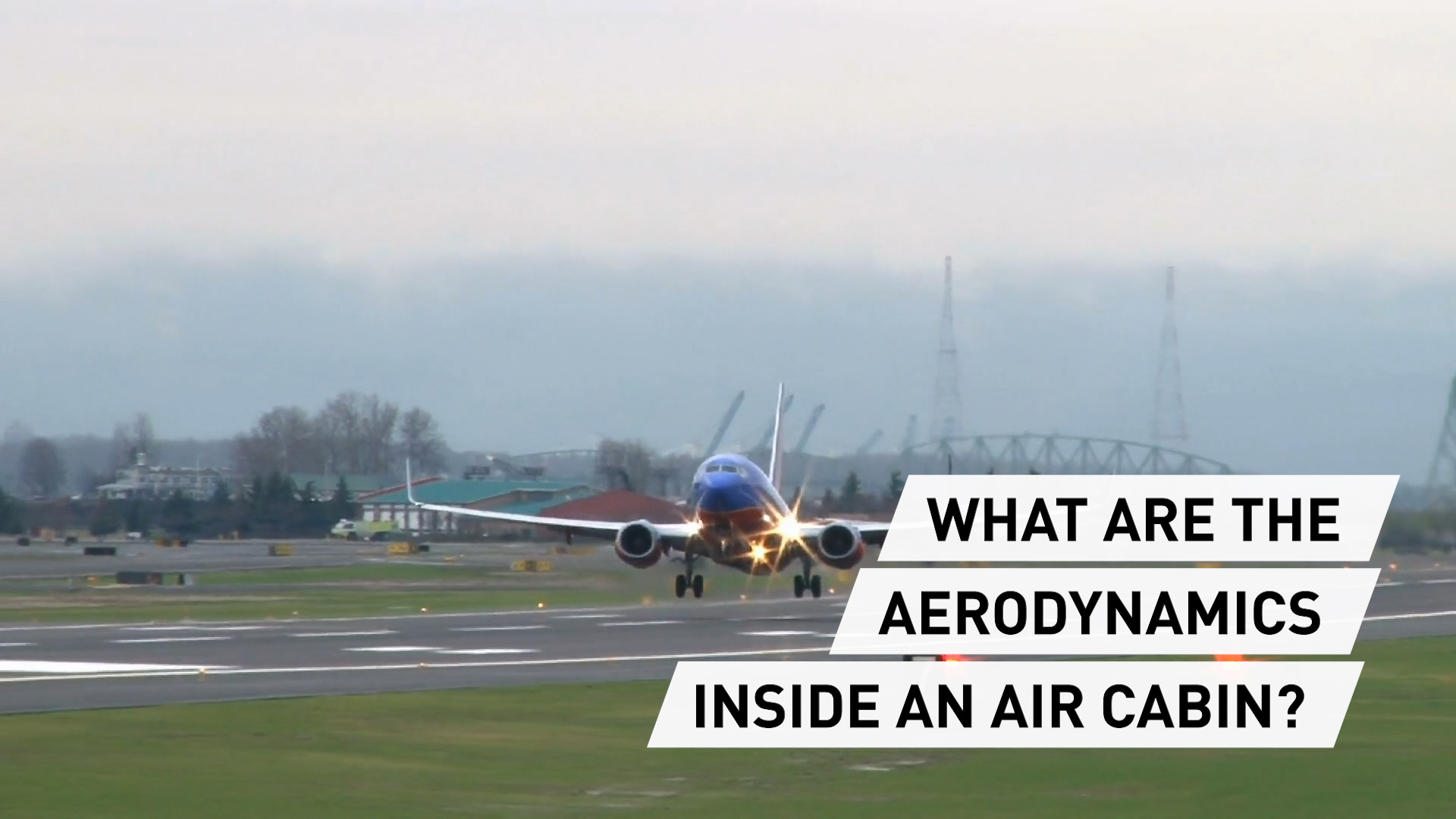
5. What is life like now for cabin crews?
Airlines are trying to adapt to a new normal that's far from the way they used to do business pre-COVID-19 – especially for cabin crews.
"What you usually do is you try to take care of your passengers the best way you can, have a lot of contact with them, try to show all your interest and talk to them," explains Annette Groeneveld, president of the Dutch Cabin Crew Association (VNC).
02:49
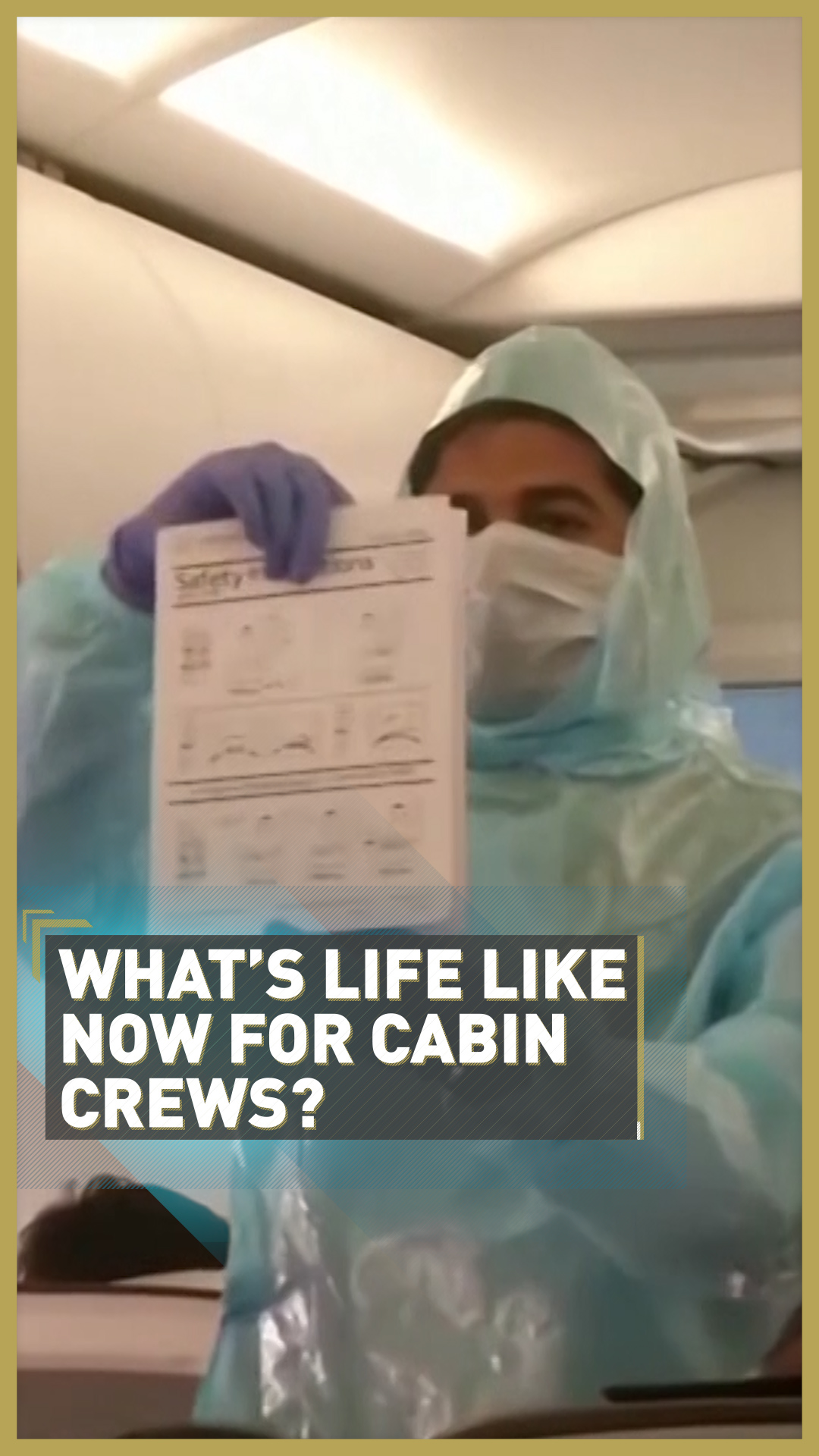
6. Europe's first electric plane points to the future of flying
In a move that was described as a historical moment for the aviation industry, EASA issued a certificate for Velis Electro, an aircraft produced by Slovenian company Pipistrel.
The company's founder, Ivo Boscarol, has been compared with Elon Musk for his innovative development of environmentally friendly, next-generation aircraft.
02:41
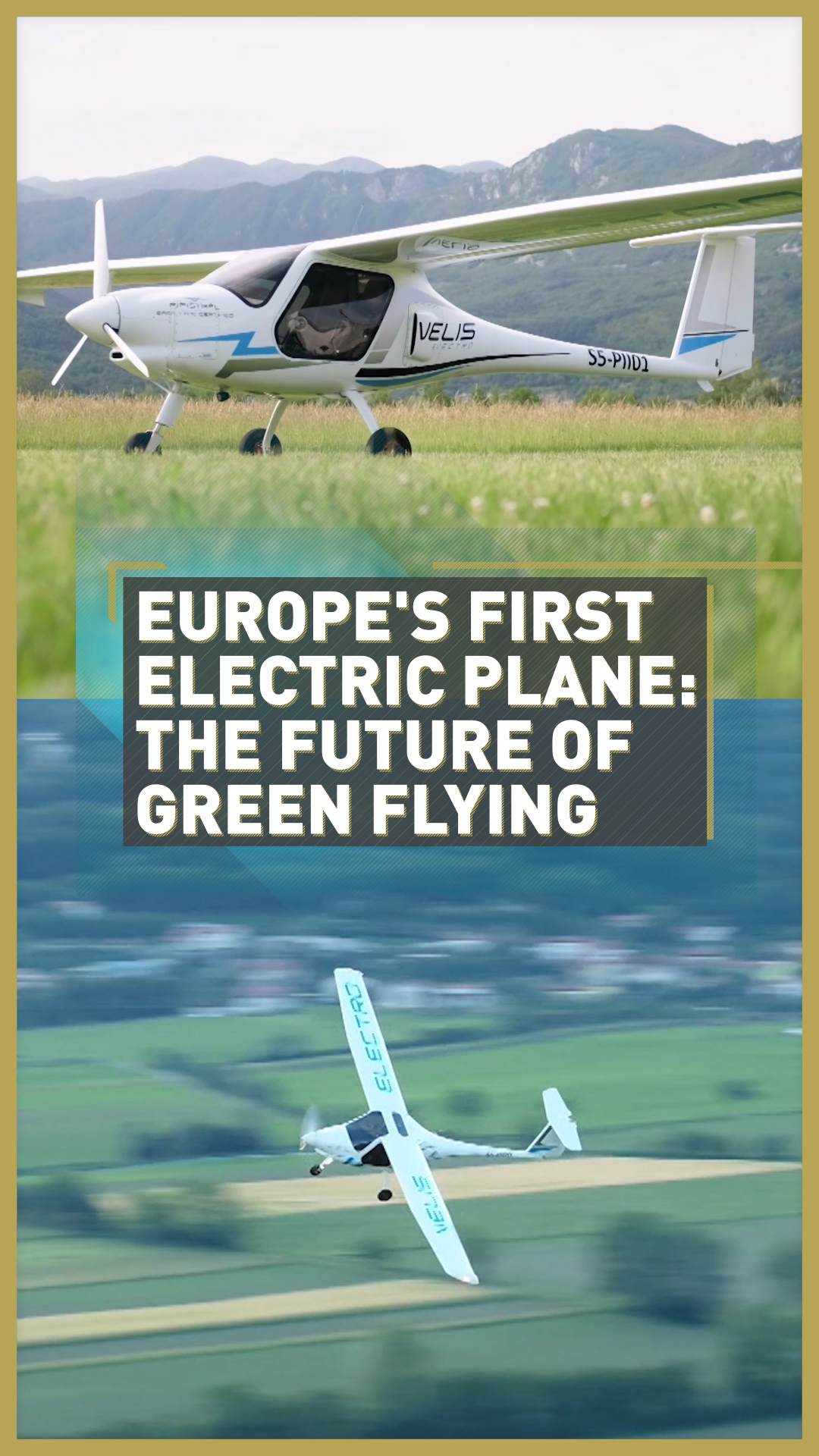
Pipistrel creates electric propulsion aircraft powered by batteries, hydrogen or hybrid technology and is one of several similar companies in Slovenia, marking the country out as one of the world's leading nations in green aircraft development.
READ MORE: Europe's first electric plane: the future of green flying
7. The New Normal: Aviation
In the latest of CGTN Europe's regular series The New Normal, we asked an airline executive, a union leader and passengers to discuss the pressing issues and what the future holds for the beleaguered aviation sector.
Owain Jones is the managing director of WizzAir UK, a Hungarian low-cost airline. The carrier has been affected by the fallout of the outbreak, but still continues to fly and remains hopeful the situation will improve with time.
03:44
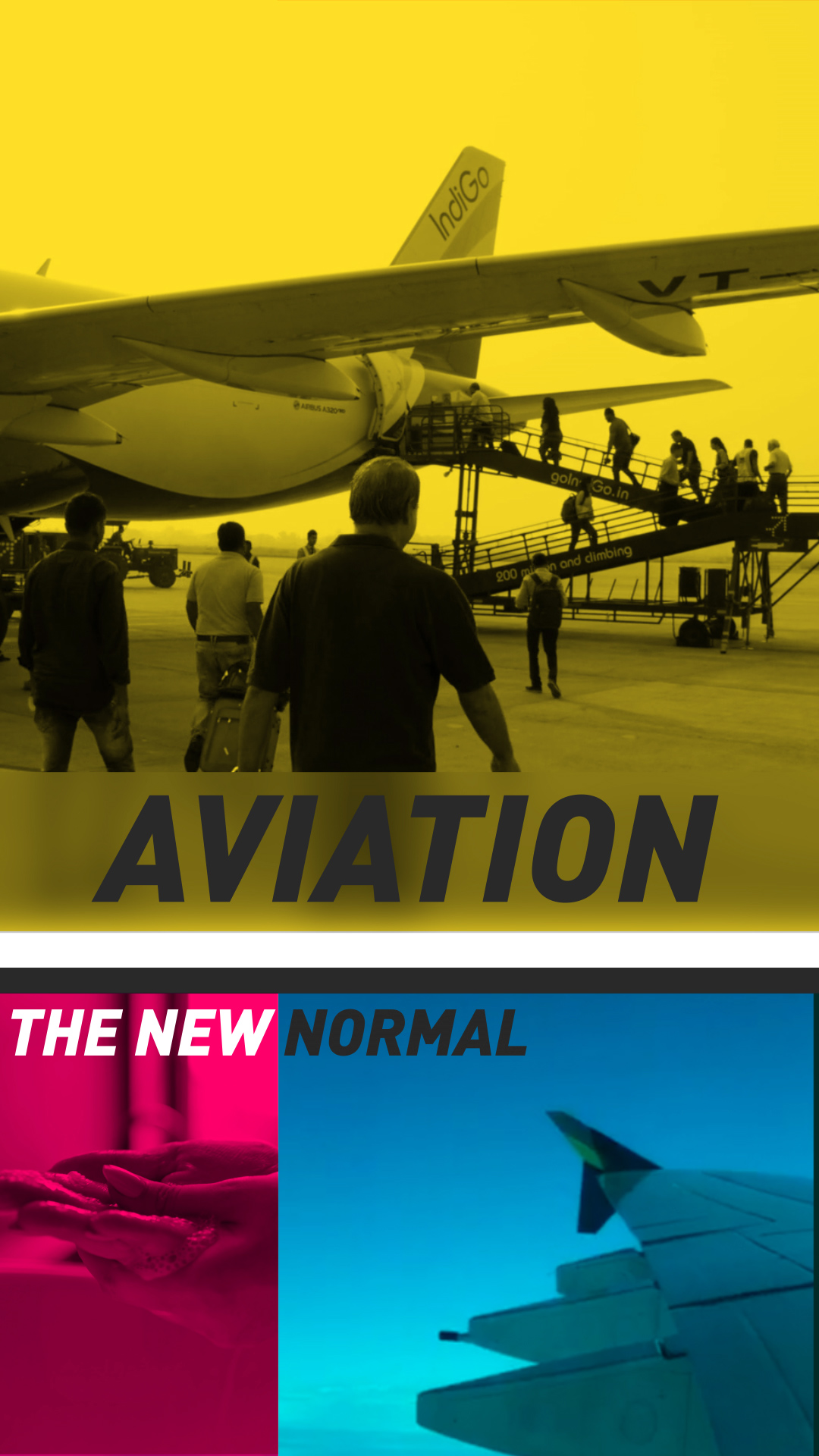
Stefan Schwerthelm, a board member of the German flight attendant union UFO, spells out clearly the challenges faced by operators and the urgent measures required to instil confidence in passengers and protect the interests of staff.
Rafael Martinez, a passenger at Madrid's Barajas airport, lives on the island of Fuerteventura and was trying to get home to visit his sick mother in northwest Spain. He raised a series of pertinent points that need to be addressed by the airline management and authorities.
READ MORE: The New Normal: Aviation
8. The aviation debate
The temporary collapse of the aviation industry could be the perfect time to restructure an ailing sector, according to industry experts. However, some governments are being accused of preserving the status quo instead of building a new future.
Discussing the future of travel and tourism during a live debate hosted by CGTN Europe's Juliet Mann, air travel specialists addressed the impact of COVID-19 on commercial aviation and what the virus will mean for airlines, consumers and the climate crisis.
05:40
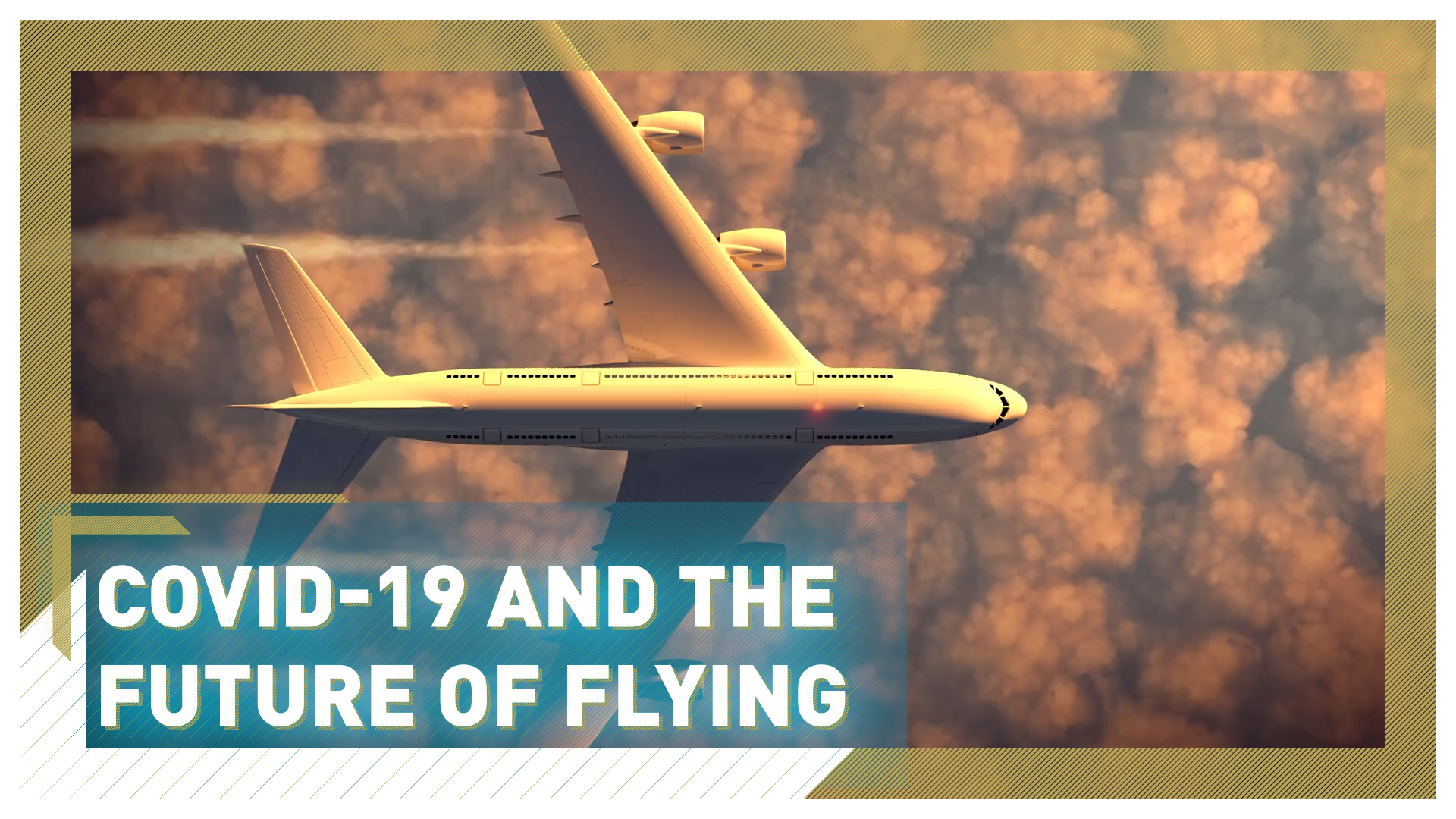
READ MORE: COVID-19 and the future of flying
Check out The Pandemic Playbook, CGTN Europe's major investigation into the lessons learned from COVID-19.